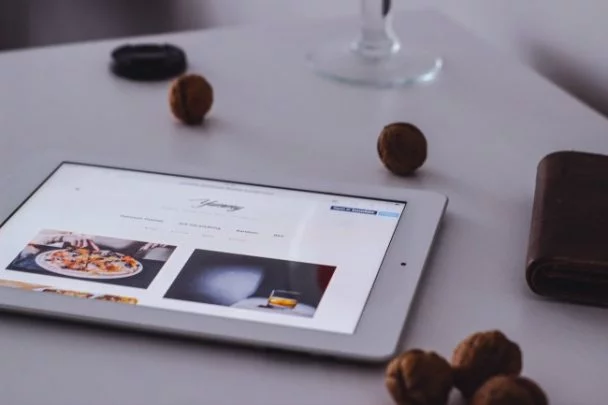Why Low-Bandwidth Gadgets Are a Good Idea

It’s easy to feel like you’re always falling behind the latest technology. As soon as something new — such as the iPhone 7 — is released, it seems there is a newer, better and more expensive model just around the corner.
While the newest apps and gadgets continue to make our lives easier, it all comes with a price: data. The more powerful apps and devices become, the more internet data they require for optimal functionality.
Data isn’t cheap, and in some parts of the world it’s not widely available. In India, for instance, low-bandwidth internet service is common, as are devices that run on 2G networks.
To help combat this, Google is testing a new version of YouTube in India called YouTube Go. It’s a low-bandwidth version of the app designed to work even if internet connectivity is low or nonexistent.
Here are three reasons why low-bandwidth apps are beneficial to consumers.
Low Bandwidth Levels the Playing Field
The new YouTube Go is the latest effort by Google to roll out a low-bandwidth version of its products. One of its main benefits is that, in theory, it gives everybody an equal share of voice. As it stands, that’s not always the case. Internet data isn’t free — it can be very expensive. Apps and devices that hog bandwidth are even more damaging on the pocketbook.
The current situation also has an unintended consequence: It makes the mobile online experience available only for those who can afford it. This creates a pay-to-play society in which only people with the funds can easily access the mobile web and its many perks.
Living in a world with more low-bandwidth options will only lead to more users, turning the internet into a truly democratic medium.
It Creates Data Transparency
No matter how much data you use on a monthly basis, there’s a good chance you burn through at least half of it without knowing it. Some of YouTube Go’s most attractive features prevent users from unknowingly using their data. One feature allows users to preview videos before they watch or save, giving them a better idea if they’ll be interested in it before they make the decision to allocate a chunk of their data.
Viewers can also easily choose a video’s resolution, effectively allowing them to decide how much data they’d like to spend on each video. The lower the resolution, the less data you’ll use.
It Builds Brand Affinity
Low-bandwidth apps and gadgets are useful for consumers, and they provide benefits to the manufacturers as well. A low-bandwidth service can paint a brand in a positive light with wide swaths of eager consumers.
For example, there’s a fast-browsing version of Google Play on the horizon for people using 2G and other slower connections. Users in India who have no other options beyond 2G will appreciate this option.
A brand could also stand to benefit in countries such as the U.S., where higher-speed mobile connections are much more common. For example, if you’re in an area with little or no mobile internet connectivity and want to use one of your social media apps, you’re much more likely to choose and appreciate a low-bandwidth version than one that uses higher amounts of data but moves at a snail’s pace.
Everybody Wins
In the end, both consumers and businesses win with more low-bandwidth options available. Consumers win because they receive superior products when strong networks aren’t accessible, and businesses win by earning the appreciation of said consumers.
Even in cities and countries where faster internet is relatively common, low-bandwidth apps can be very helpful in certain situations.
Image credit: Marcin Czaja


